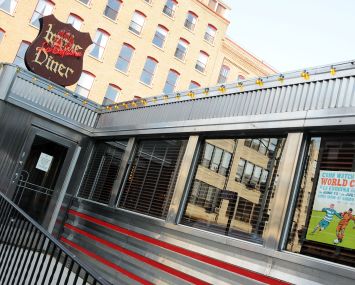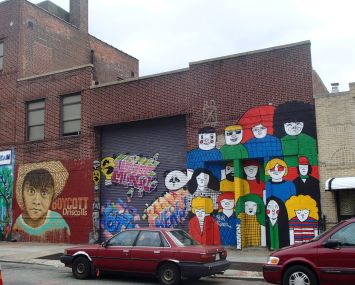Schools Face Their Biggest Test Yet
Proptech, adaptive reuse, satellite classrooms and more — everything’s on the syllabus as administrators confront the pandemic this semester
By Greg Cornfield August 22, 2020 2:30 pm
reprints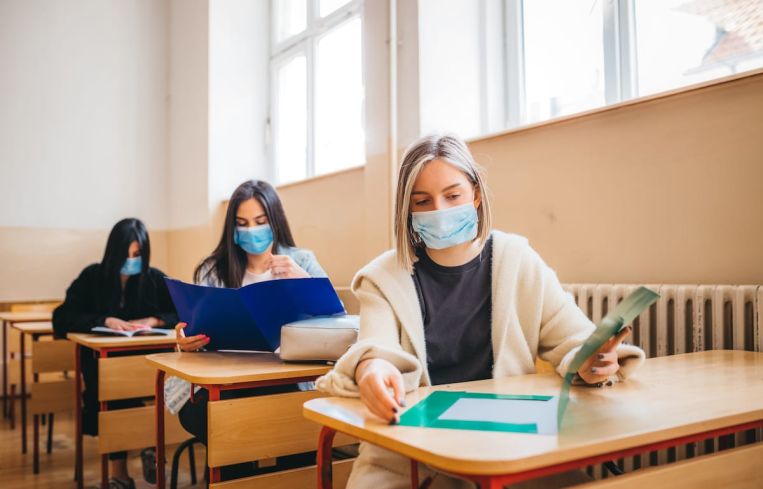
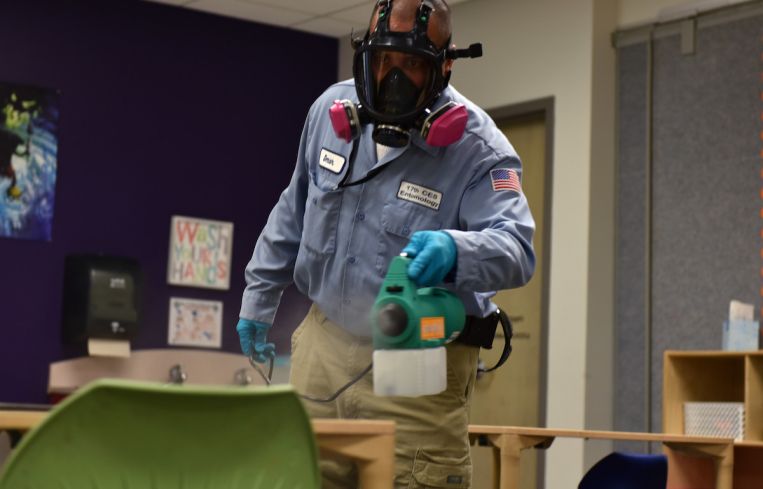
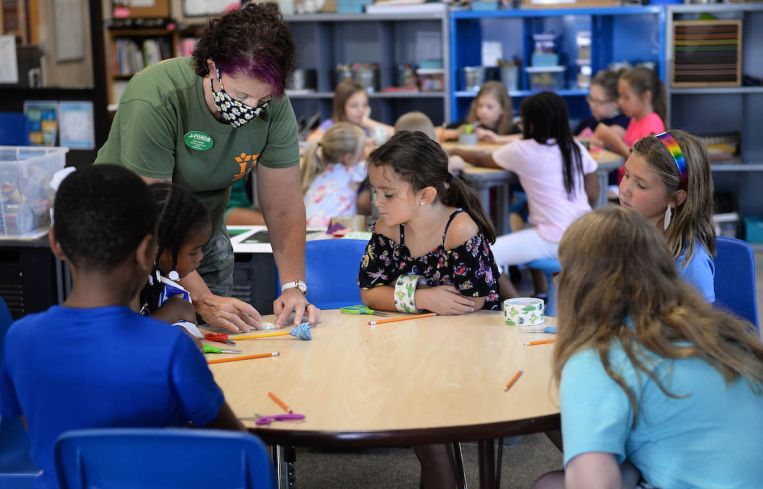

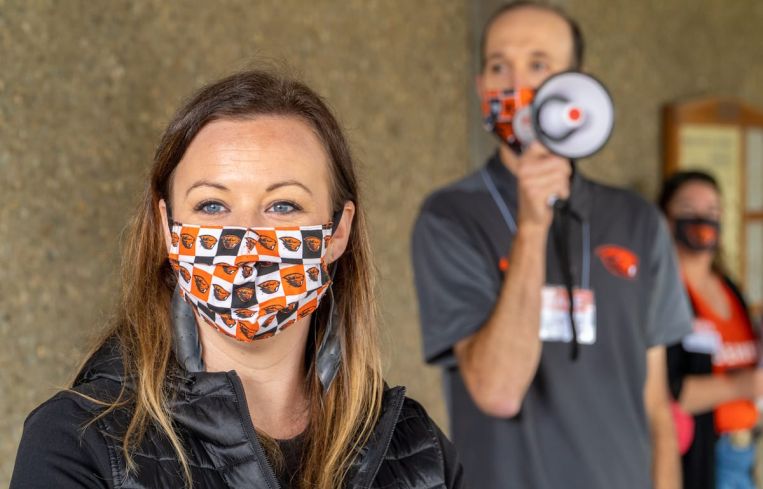
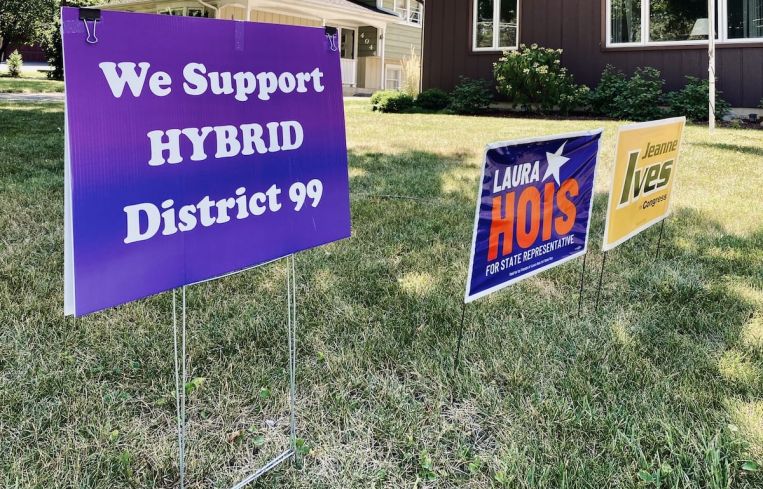
For school administrators and property owners, the novel coronavirus pandemic is like a test that no one studied for, and no one can find an answer key.
Managing school space has never been more complicated, and there are more questions than ever before for education systems and institutions across the country as they confront a rapidly changing landscape.
Strategies vary dramatically by location and education level, and plans to reopen normally appear chaotic at best. School districts that opened in Mississippi, Georgia and Indiana, for instance, had to quickly quarantine thousands of students and faculty, and immediately revert to remote learning altogether after seeing positive coronavirus tests. About nine in 10 Americans think K-12 schools should not open this fall without restrictions, according to an Associated Press poll.
“If you look around, opening schools has proven problematic,” said New York Gov. Andrew Cuomo at a press conference this week while explaining that schools can reopen because of the state’s low infection rate. “But it only means they can. The question then becomes how? And that is the big question.”
Adaptive Reuse & Satellite Classrooms
From a real estate standpoint, there is no one answer, and industry players are still figuring out many of the components of what school looks like in a world dealing with a pandemic outbreak.
Tom Vecchione is a principal at Vocon, an architecture and interior design firm that specializes in workplace strategy. He’s been part of conversations around how real estate developers might play a part by converting defunct properties into classroom space, however, he said it wouldn’t happen anytime soon because there’s still so much more to be seen as a result of the pandemic over the next months and years. Still, designers and owners are thinking about how underutilized space can be targeted to distribute the density of urban schools for satellite learning.
“We’re going to come out of the other end of this with a lot of these laboratory experiments,” he said. “Is there a way to re-leverage retail space, ground-floor space for distributed classroom models? There will be vacant malls and department stores. Especially in urban places where schools are so dense, is there a way to spread them out and leverage some of those environments, and repurpose them for distributed teaching and learning? Are there ways to think about all of these other vacancies and all of these shifting uses?”
Vecchione doesn’t know anyone delivering on that idea yet, but he believes universities and high schools could end up embracing more hybrid, flexible models like coworking-type concepts due to the pandemic.
Mayor Bill de Blasio and New York City officials for weeks have been looking for more space for new school locations to address social distancing issues. The NYC School Construction Authority issued a request for sites that are ideally move-in ready, and “can be occupied with little to no work this September,” according to media reports. Manhattan Borough President Gale Brewer’s staff also listed possibilities like restaurants, places of worship, plazas, privately-owned public spaces, offices and hotels not currently in use, reports said.
Considerations Are ‘Very Far-Reaching’
At least for the start of this semester, a lot of different ideas are in place. For colleges and universities, spaces such as large lecture halls, science labs, libraries and dining halls will be vacant or their capacities strictly limited. Dorms will have restricted capacity and fewer beds, and many universities have eliminated requirements for students to live on campus. High schools and middle schools are also cutting out cafeterias, as well as using extra space as classrooms, and limiting students from changing rooms during the day. Lower level schools are redoing playground space.
Scheduling and placement also vary drastically by region. New York City public schools, the country’s largest school system, will allow each district to decide on opening for in-person learning; or, if they prefer hybrid, outdoor, remote learning, half-days and other variations and alternatives. Cuomo said if a school district opens and sees a coronavirus spread, “the state will close the school.”
Of course, many schools are immediately resorting to temporary remote learning. Of the 101 major public school districts in the country, more than 50 percent are planning for just online learning in the fall, CNN reported, including Chicago Public Schools and Los Angeles Unified School District, again forcing living rooms, basements and kitchen tables around the country to double as makeshift classrooms.
But smaller reconfigurations are also already showing up in new development designs for schools. Alex Elkin, founder of Eastbound Construction, has worked on several projects with school components around New York. He said everybody’s wondering what’s happening with schools and what “the impact of all of the madness over the last few months” is having on how those facilities operate.
“What’s more interesting to me is looking forward, and what does it mean for the design?” he said. “What does it mean for the operations of what schools will look like as we keep going down this road? The considerations for adapting to this new normal are very far-reaching.”
Elkin is working on a 150,000-square-foot charter school project in the Bronx that is set to open next year with more than 1,400 students, and they’re reconsidering how to use the eating space due to the pandemic.
“The food service component is the area of design and construction that is most affected by everything going on,” he said. “The actual logistics involved in getting the food and eating is very, very different than what it was a few months ago.”
In the last few months, Elkin said a number of governmental agencies recommended simply abandoning the traditional freestanding island in cafeterias because they are generally areas where students linger for a few minutes before the next student lingers for a few minutes in the same spot.
“And that’s what we need to avoid now — congregating in any particular area,” Elkin said. “We have to design to eliminate that. The standing areas or traditional salad bar, these are going out the window.”
Air filtration system updates are also starting to gain traction, he said. But people are generally not paying enough attention to it.
“The HVAC system, to me, is the most under-looked, but critical part of the steps that people are and should be taking to ensure as safe of a school year as possible,” he said
Mike Garceau, general manager for Honeywell North America Building Management Systems, said education is one of the top sectors the company serves. Considering coronavirus is said to be predominantly an airborne issue, Garceau said there are a lot of measures that can be done within a building control system to address the pandemic. Honeywell works to recycle the air more, adjust humidity levels, increase outdoor ventilation, and isolate certain areas’ airflow.
“We’re talking to hundreds of customers who are navigating these concerns right now and working with them to update their building systems to better protect occupants,” he said.
Honeywell’s platform allows building managers to look at occupancy levels in a room to determine the ventilation conditions, as well as track movements in a building, count people and utilize thermal cameras.
Neil Shapiro, a partner at Herrick Feinstein LLP, works with more than a dozen charter schools, including Classical Charter Schools, Zeta Charter Schools and Ascend Charter Schools, as well as school developers and landlords on their real estate matters like financing, leasing and sales. He’s working with a handful of charter school developments in the Bronx, including one that was supposed to open in September. But now it will probably be a month late, partially due to construction delays caused by coronavirus shutdowns, as charter schools were originally not considered essential.
Shapiro said safe reentry is first and foremost on every charter administrator’s mind, and developments that started construction before the outbreak are not changing.
“In discussions with design and construction teams, I have not seen any specific, systemic proposed changes.” he said. “Now, we’re all being practical, and everybody knows there are issues in terms of what we need to do, and in terms of redesigning on a temporary basis. That is going on now at some of these sites, often with landlords’ help. […] It has entered into discussions with the architect and the project managers on a somewhat limited basis.”
His clients are also redesigning rooftop playgrounds, spacing out classrooms, and making sure they can use extra auxiliary space like gyms for teaching. Otherwise, administrators have mostly been preoccupied with making sure they can properly manage remote learning, rather than on figuring out any long-term changes to school layouts. So far, Shapiro hasn’t seen thermal scanners, mobile-operated elevators or HVAC systems being updated.
Kim Patten, lead architect for Steinberg Hart’s education practice, works with colleges and major universities around the country. She also said there isn’t much being done in terms of long-term changes to campuses. Instead, flexibility is the top goal now, as opposed to changing the nature of certain spaces.
Higher education administrators are focusing instead on what can be done to allow adjustments in the future without permanent changes. They’re figuring out how to spread out and reorganize existing space for social distancing. Patten said colleges are starting by looking for places on campus that are not traditionally used as classrooms, such as large lobbies or multi-purpose space, and thinking about how they can be transformed in the future.
“Those have become prime spaces for universities, where you normally wouldn’t have thought about potentially having a classroom,” she said. “That’s really something that, in some of our planning and early design that we’re doing right now, we’re thinking about the potential future capabilities of those types of spaces.”
The Case for Proptech
There are also new ways to utilize proptech at schools. L.A. schools are using a mobile app to manage self-screenings and tracking. And more building security features are finding important new uses amid the pandemic.
Brivo, a proptech building management service, is currently used at about 1,200 schools, according to CEO Steve Van Till. Those schools can now use mobile credentials and require health questionnaires for entry.
“A lot of that can be done five minutes before you get to school,” Van Till said. “And it doesn’t have to be something that impedes the flow of going in and out.”
He said these types of technologies can be a gateway to reopening many schools as much as they’re being used to reopen offices.
“I don’t think that the personnel management and the health attestations are going away anytime soon,” he said. “If you think about the beginning or the end of the day at school, there’s huge volumes of people that are all coming in at the same time, and technology is really the only way to deal with people at scale.”
Between April and July, Openpath, the growing proptech building management platform, saw a 183 percent jump in inquiries from education entities compared with the same period last year, according to founder James Segil. The increase is mainly from colleges and universities, but they have also seen an increase from public school districts.
Those school districts installed proptech features to enhance physical safety, or to create more flexibility and better access. But now they are using adapted features like touchless unlock systems to prevent the spread of germs. The systems can also enforce access with varying schedules, help monitor social distancing, and limit capacity in different rooms.
“Other schools who perhaps might not have invested in this kind of capital expense,” Segil said, “are absolutely leaning in because they want to prepare their campuses for people coming back.”
Costs and Challenges
Experts say the costs associated with a lot of these changes are still a big question mark. Patten said this fall is “the giant experiment in education,” after the panic-induced period in the spring, and there is a lot of conversation about what the future will look like. But the design and development industries are far from a clear consensus.
“You don’t really know what’s going to happen and how to design for it yet,” Patten said. “I don’t know if too many universities will just go completely online because they all have a lot of land and a lot of other services embedded into the university world. But I think a lot of them are wondering, ‘Maybe we don’t need as many in-person classes because we’ll have more of a hybrid system.’”
Also, changing the existing built environments might prove too costly and time-consuming.“Most universities or schools don’t have the money to just say, ‘Okay, let’s build classrooms twice as big,’” Patten said. “That’s actually never going to happen.”
Shapiro said school administrators, designers and contractors are hoping a vaccine or therapeutic treatment are available shortly, because private and public institutions are wondering where they’ll get the money for building less ambitious updates and enhancements. Installing new building management systems, updating project designs, and adding any proptech features to a building are not so easily accessible for many school districts. Van Till said there’s a “haves and have-nots” story playing out with facility safety features as much as there is a digital and economic divide between so many schools.
The shutdowns and the recession are further exacerbating financial issues for colleges and universities, which are also seeing layoffs and major revenue losses like every other industry.
“The people that are left are trying to figure out how to not only run a university, but also change everything they’ve done for the last hundred years,” Patten said. “It’s quite an undertaking.”
